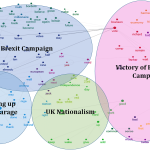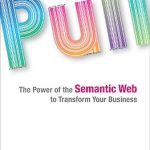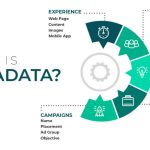
Mike Bergman is one of the most important people blogging about information today. His web site is full of key statistics and insights. I used his information while writing Pull. Today, I want to draw your attention to just two of his fantastic articles and let you explore the rest. The first is Untapped Assets: The $3 Trillion Value of US Documents. This article shows not just how valuable the information in our documents is but how pathetic we are at keeping track of it all. According to Mike’s research:
- The average professional spends 5-15 percent of her time reading information, but up to 50 percent looking for it.
- On average, 19 copies are made of each paper document.
- Workforce inefficiencies related to content publishing cost organizations globally about $750 billion
- The total benefit from improved document access and use to the U.S economy is on the order of $800 billion annually, or about 8% of GDP.
- For the 1,000 largest U.S. firms, benefits from these improvements can approach nearly $250 million annually per firm.
This is a very important article. I encourage you to read it and send its link to everyone in your organization immediately.
One thing Mike doesn’t really mention is how poorly people write. If corporate knowledge resides in documents, and the people who write those documents have little training in writing, how inefficient could that be? I think if you add poor writing to Mike’s equations you can increase the alarm factor of his numbers by another 30%.
It’s hard to choose a second article to highlight among so many of his great articles, but for this blog one stands out immediately: The Seven Pillars of the Open Semantic Enterprise, published just a few weeks ago. He explains the basic concepts of:
- RDF
- linked data
- adaptive ontologies
- ontology-driven applications
- web-oriented architecture
- an incremental, layered approach
- the Open World mindset
There are strong parallels between this article and my entire book. They go together very well. If you have read and enjoyed Pull, please read the seven pillars and forward that article to your colleagues.
If you can only read one blog on the semantic web and pull, read Mike Bergman’s AI3. But you don’t have to choose just one! You can read mine too, and the others listed as “friends” on the left side of this page. Even though most of your colleagues are talking about how your company can use Twitter to improve top-line growth, I hope you get the support you need to make your company at least 30% more efficient using the principles of Pull and the semantic web.





